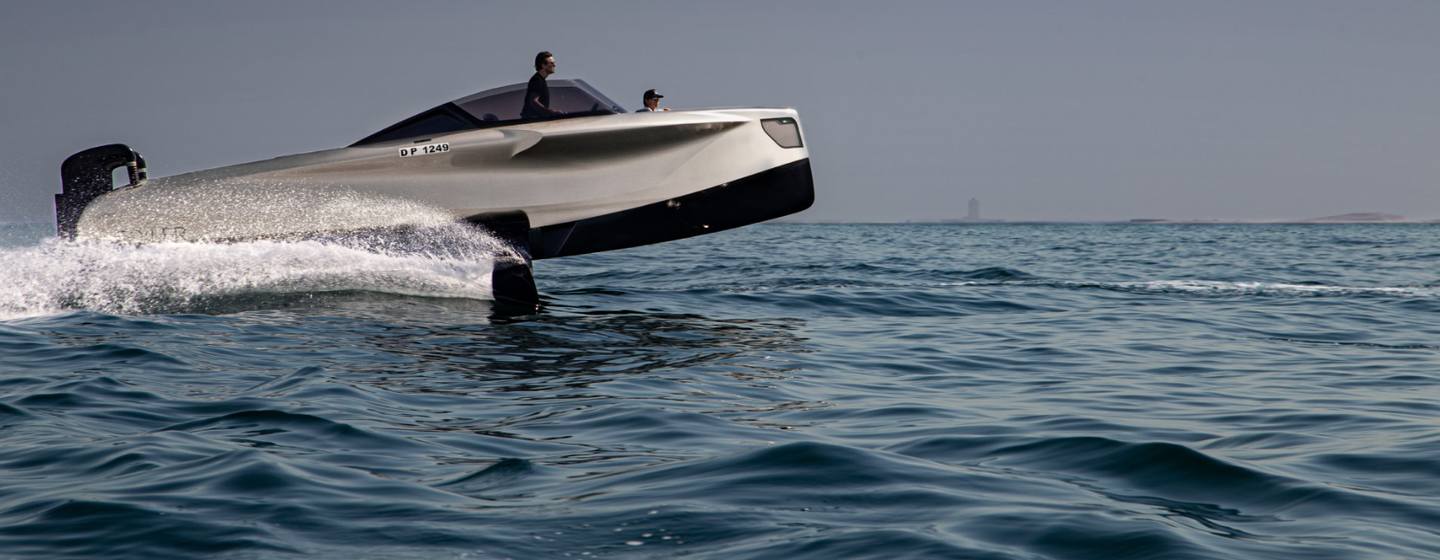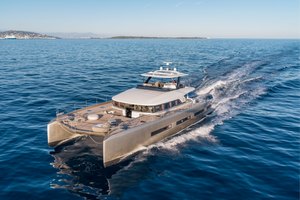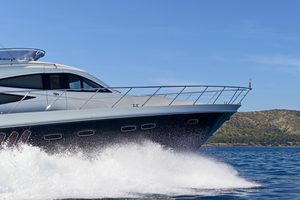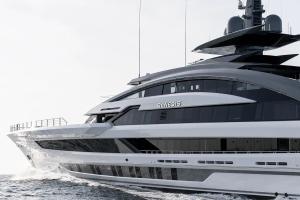In the yachting sector, innovation is the name of the game, and one design element that has made waves (pardon the pun) is the hydrofoil hull.
This cutting-edge technology is redefining the on-the-water experience, offering a smoother and more fuel-efficient ride. In this article, we'll explore the design, advantages, and impact that hydrofoil hulls and vessels have had on the industry to date.
The Hydrofoil Advantage
At its core, the hydrofoil has the capability to lift a yacht's hull above the water's surface, all made possible by using strategically positioned submerged wings, or foils, attached to the hull below the waterline. As the yacht gains speed, water flow over the foils generates lift, raising the hull above the surface. This transformative feature doesn't merely represent a technological leap; it has fundamentally altered yacht handling dynamics.
By employing these submerged wings, hydrofoil technology achieves a significant reduction in drag, a pivotal factor that distinguishes it from conventional hull designs. As hydrofoil-equipped yachts travel above the waves, those onboard are treated to a level of comfort and stability that goes beyond ordinary boating.
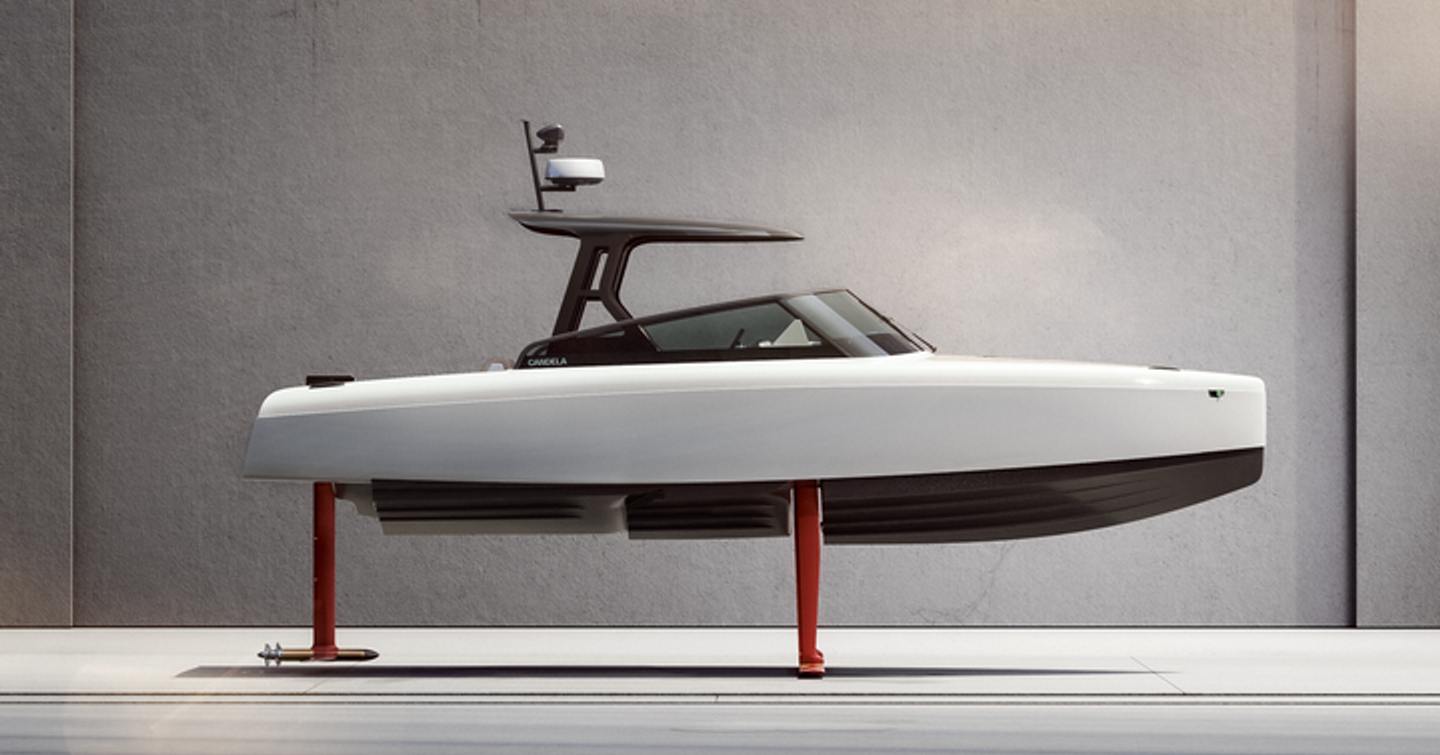
The lifting effect, a result of the hydrofoil system, sets a new standard for luxury and performance, while the reduction in drag not only enhances overall speed but also contributes to a more eco-friendly journey, aligning with the growing emphasis on sustainable yachting practices.
In practical terms, hydrofoils minimize the impact of waves on a vessel, and the lifted hull now delivers a smoother and more comfortable ride, particularly when navigating challenging sea conditions.
(ABOVE) CANDELA C-8:
- L.O.A: 8.5m (28ft)
- Propulsion System: Candela C-Pod (75kW electric direct drive pod motor)
- Top Speed: 27 knots
- Range: 57nm
- Capacity: 8 People
Efficiency Redefined
A major benefit of hydrofoiling hulls is the remarkable impact on fuel efficiency. Traditional hulls encounter significant resistance as they cut through the water, demanding substantial power to propel the vessel forward.
Hydrofoil technology, however, mitigates this resistance by lifting the hull above the water's surface. The result is a combination of speed and efficiency, allowing yachts equipped with hydrofoil hulls to travel at higher speeds while requiring significantly less power.
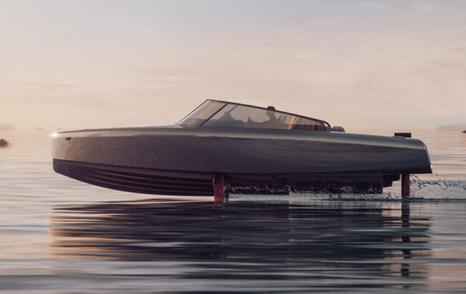
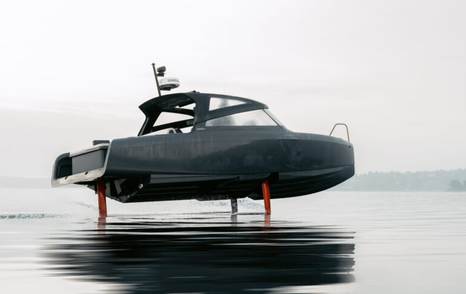
The reduction in power consumption not only aligns with environmental consciousness but also results in a reduced ecological footprint, meaning enthusiasts can now embark on journeys knowing that their hydrofoil-equipped vessel is navigating the waters with less of an impact on the environment.
A compelling byproduct of this enhanced efficiency is the extension of the cruising range. Hydrofoil technology enables vessels to explore vast expanses without the constant need for refueling. This newfound freedom allows enthusiasts to explore more diverse destinations without the constraints of frequent stops for fuel replenishment.
Enhanced Stability and Safety
Hydrofoil technology doesn't just offer speed and fuel efficiency; it also enhances stability and safety. The lifted hull minimizes the impact of rough seas, providing a more stable platform for passengers and crew. This feature becomes particularly appealing for those who experience sickness during adverse weather conditions.
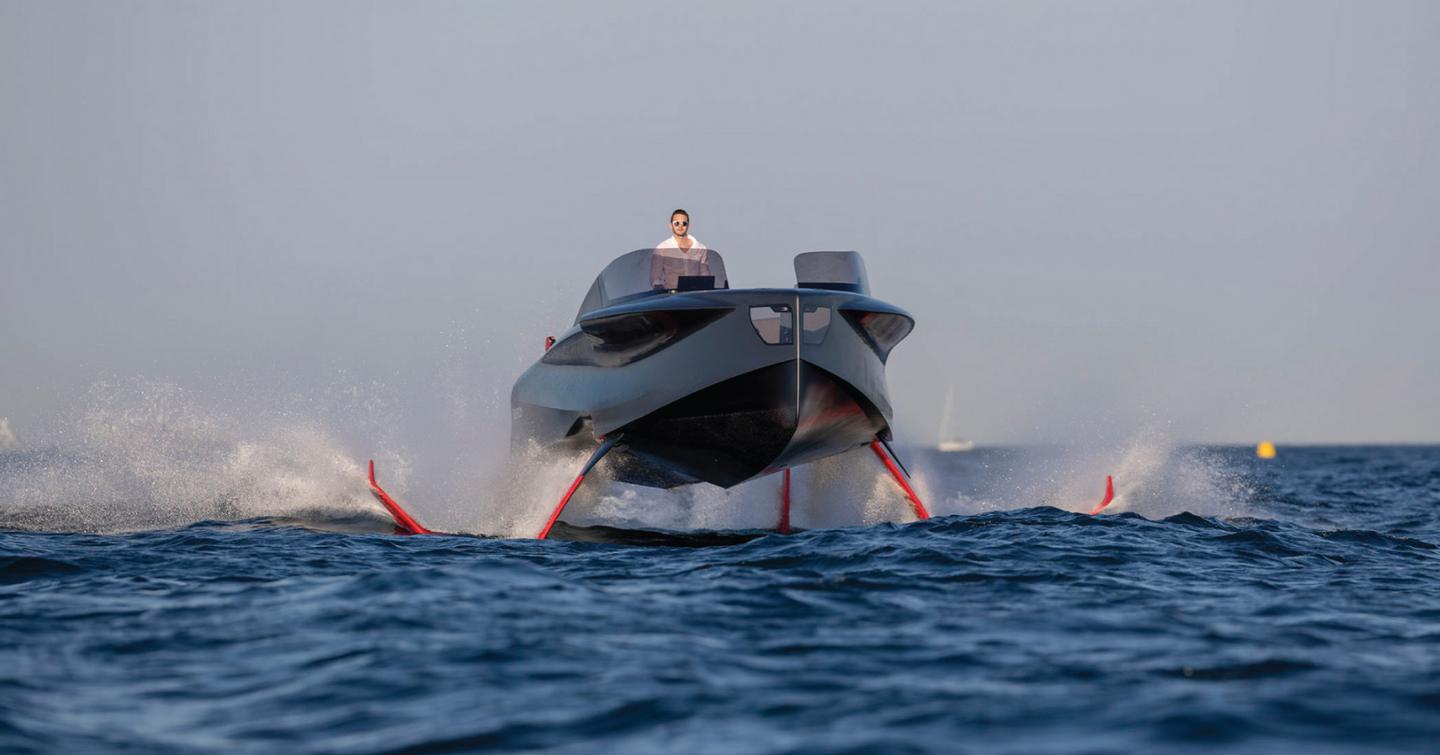
The lifted hull, supported by strategically positioned submerged wings, guards against the impact of rough seas. As waves roll, hydrofoils minimize the unsettling motions that can accompany traditional hull designs, thus ensuring the onboard experience is both efficient and safe.
(ABOVE) ENATA MARINE'S THE FOILER:
- L.O.A: 9.8m (32ft)
- Propulsion System: 740bhp Hydrostatic
- Top Speed: 40 knots
- Range: 190nm at 20 knots or 150nm at 30 knots
- Capacity: 8 People
Conclusion
The surge in demand for environmentally conscious and high-performing vessels is unmistakable, and hydrofoils emerge as a compelling solution to this evolving need. The innovative design has undeniably captivated the attention of both enthusiasts and industry professionals alike for a range of reasons.
Notably, yacht manufacturers are actively embracing this trend, integrating hydrofoil designs into their product lineup to meet the preferences of discerning clients who prioritize both performance and sustainability. This widespread adoption underscores that hydrofoil technology is not a fleeting trend but a transformative force that is here to stay.
